Expansion of Dairy Alternatives
The proliferation of dairy alternatives is significantly influencing the Lactase Market. With the increasing popularity of plant-based diets, consumers are gravitating towards non-dairy options such as almond, soy, and oat milk. This shift is not merely a trend; market data suggests that the dairy alternatives segment is projected to grow at a compound annual growth rate of over 10% in the next five years. As these alternatives often contain lower levels of lactose, the demand for lactase products that complement these diets is likely to rise. Manufacturers are responding by formulating lactase supplements that cater specifically to consumers seeking to enhance their experience with dairy alternatives. This dynamic interplay between dairy alternatives and lactase products is expected to shape the market landscape significantly.
Regulatory Support for Lactase Products
Regulatory support for lactase products is becoming an influential driver in the Lactase Market. Governments and health organizations are increasingly recognizing the importance of lactose-free options for public health. This recognition has led to the establishment of guidelines and regulations that promote the availability of lactase supplements and lactose-free foods. For instance, certain regions have implemented labeling requirements that facilitate consumer access to lactose-free products, thereby enhancing market visibility. Additionally, regulatory bodies are encouraging research and development in the lactase sector, which may lead to innovative product offerings. As regulatory frameworks continue to evolve, they are likely to create a more favorable environment for the growth of the lactase market, ultimately benefiting both consumers and manufacturers.
Increasing Lactose Intolerance Awareness
The rising awareness of lactose intolerance among consumers is a pivotal driver in the Lactase Market. As more individuals recognize their inability to digest lactose, the demand for lactase supplements and lactose-free products surges. Recent studies indicate that approximately 65% of the adult population experiences some form of lactose malabsorption. This growing awareness propels consumers towards products that alleviate discomfort associated with lactose consumption, thereby expanding the lactase market. Furthermore, educational campaigns by health organizations contribute to this trend, emphasizing the importance of dietary adjustments for those affected. Consequently, manufacturers are increasingly focusing on developing innovative lactase products to cater to this expanding consumer base, which is likely to enhance market growth in the coming years.
Rising Health Consciousness Among Consumers
The growing trend of health consciousness among consumers is a significant driver in the Lactase Market. As individuals become more aware of the health implications of their dietary choices, there is a marked shift towards products that promote digestive health. Lactase Market supplements are increasingly viewed as a means to facilitate the consumption of dairy products without adverse effects. Market Research Future indicates that the dietary supplement sector is expanding, with lactase products gaining traction among health-conscious consumers. This trend is further supported by the increasing prevalence of health-related information available through various media channels, which encourages consumers to seek out solutions for lactose intolerance. Consequently, the lactase market is poised for growth as more individuals prioritize their digestive well-being.
Technological Advancements in Lactase Production
Technological advancements in the production of lactase enzymes are emerging as a crucial driver in the Lactase Market. Innovations in biotechnology have led to the development of more efficient and cost-effective methods for producing lactase, which enhances product availability and affordability. For instance, the use of recombinant DNA technology has enabled the production of high-purity lactase enzymes, which are essential for various applications in food processing. Market data indicates that the enzyme production sector is experiencing a robust growth trajectory, with lactase enzymes being a key contributor. As production techniques continue to evolve, the Lactase Market is likely to benefit from increased supply and reduced costs, thereby attracting a broader consumer base.
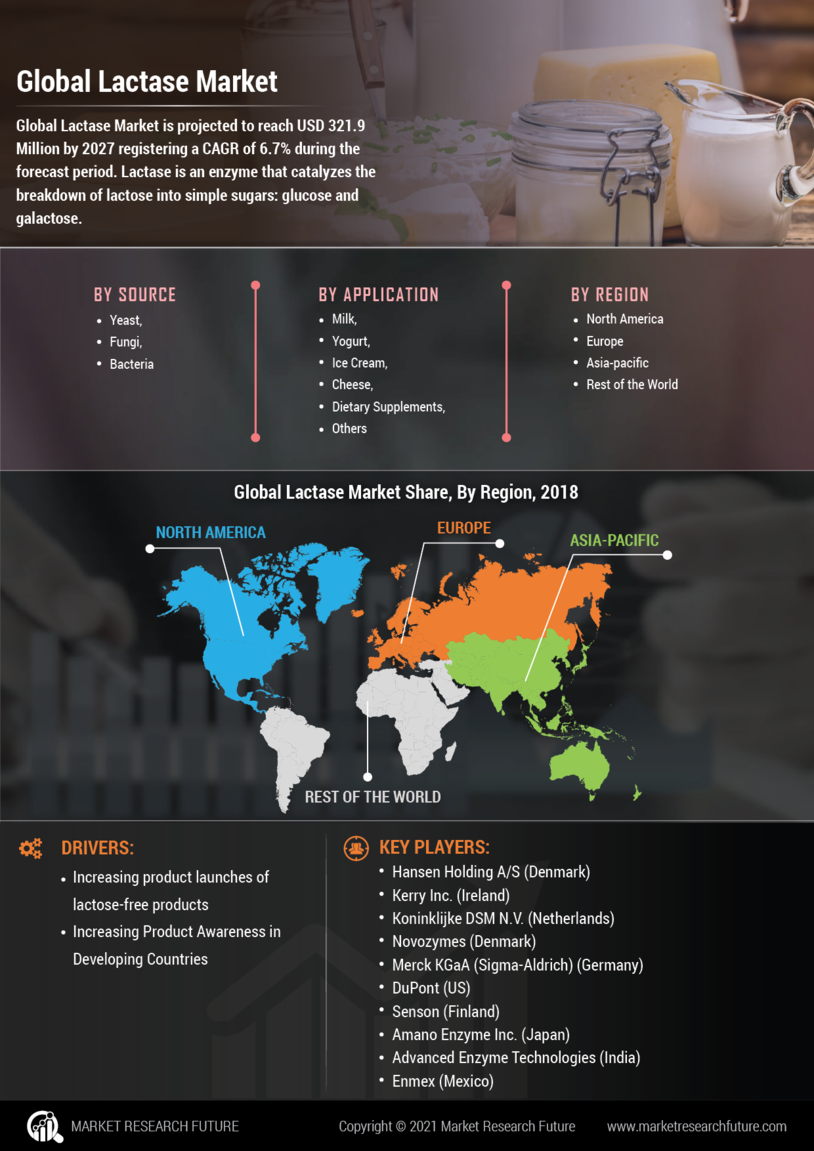

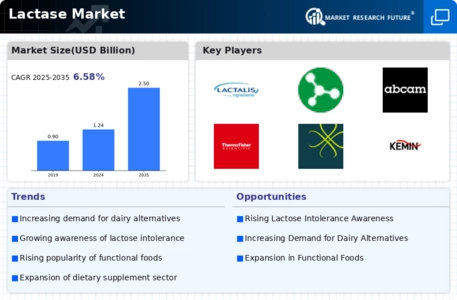
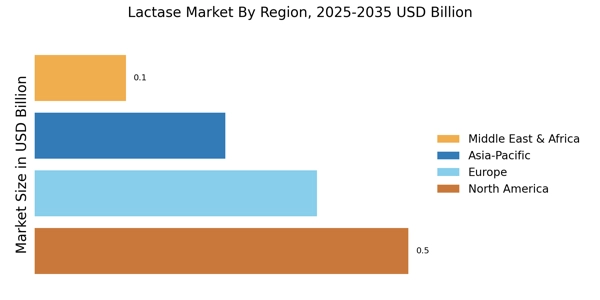
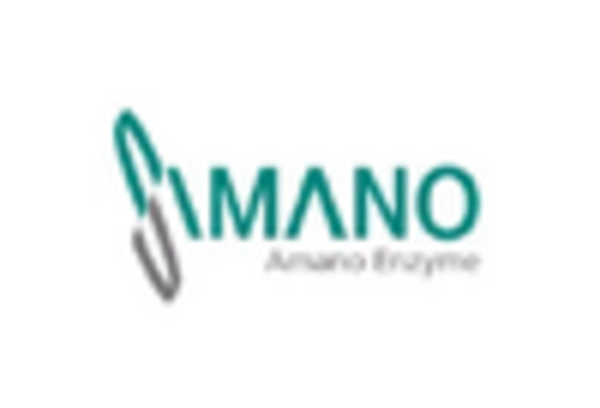
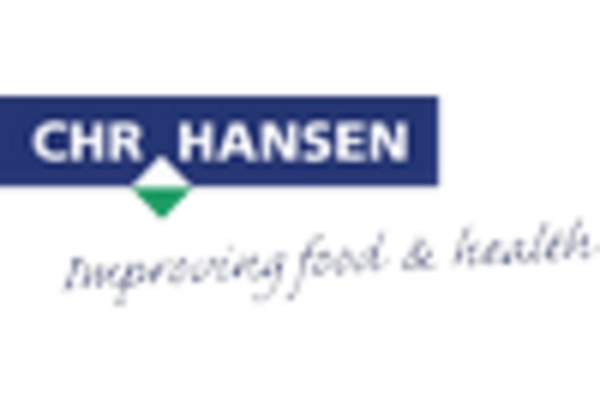
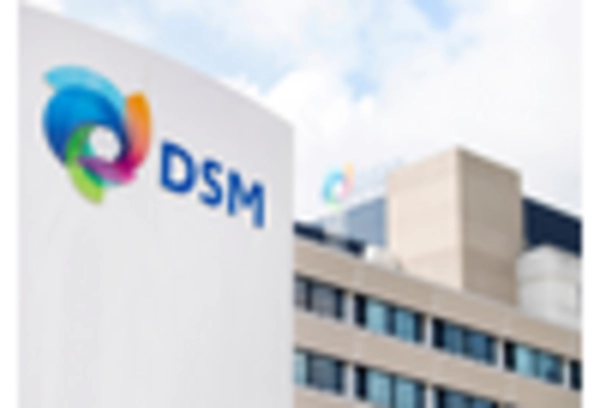

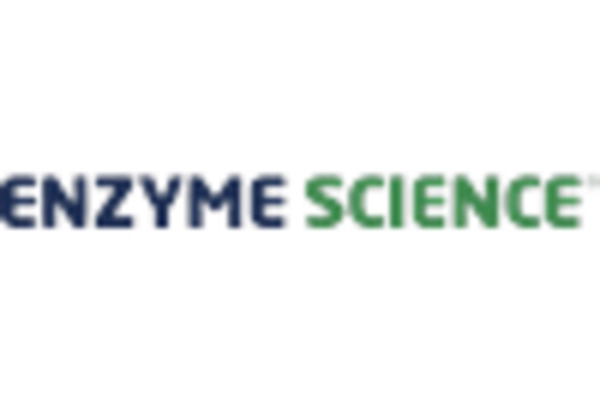
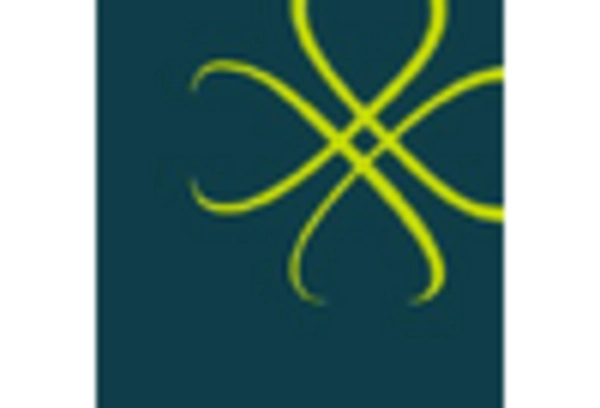








Leave a Comment